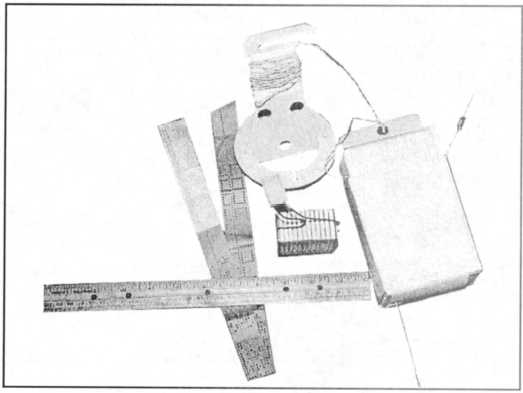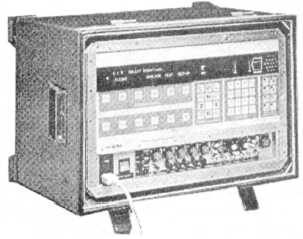Q4. What is the significant difference between a
radiosonde observation and a rawinsonde
observation?
Q5. What are the two types of upper-air observations
still conducted by Navy and Marine Corps
personnel?
Q6. An aircraft deployed radiosonde is known by
what term?
Q7. What publication outlines procedures for all
United States civilian and military upper-air
observations?
MINI RAWINSONDE SYSTEM
LEARNING OBJECTIVES: Describe the
procedures used to conduct an upper-air
observation using the Mini Rawinsonde
System (MRS). Explain the correct balloon
preparation procedures. Identify the
modifications that must be made to the MRS-
evaluated data to conform to WMO
international
a n d r e g i o n a l
coding
requirements, as well as national requirements.
Figure 1-2.— AN/UMQ-12 MRS data receiver/processor and
case.
The AN/UMQ-12 mini rawinsonde system (MRS)
is a highly compact, portable system ideal for
shipboard, mobile team, and field use. It consists of a
relatively lightweight (66-pound) computerized
receiver/processor (fig. 1-2) mounted in a rugged,
shock-absorbing case.
The system also includes an
RM-20 UHF telemetry antenna that receives data
signals from the Vaisala RS-80 radiosonde transmitter,
which is carried aloft by the balloon (fig. 1-3). Most
MRS units are now equipped with a GPS antenna that is
Figure 1-3.—Vaisala RS-80 series radiosonde instrument.
1-4





